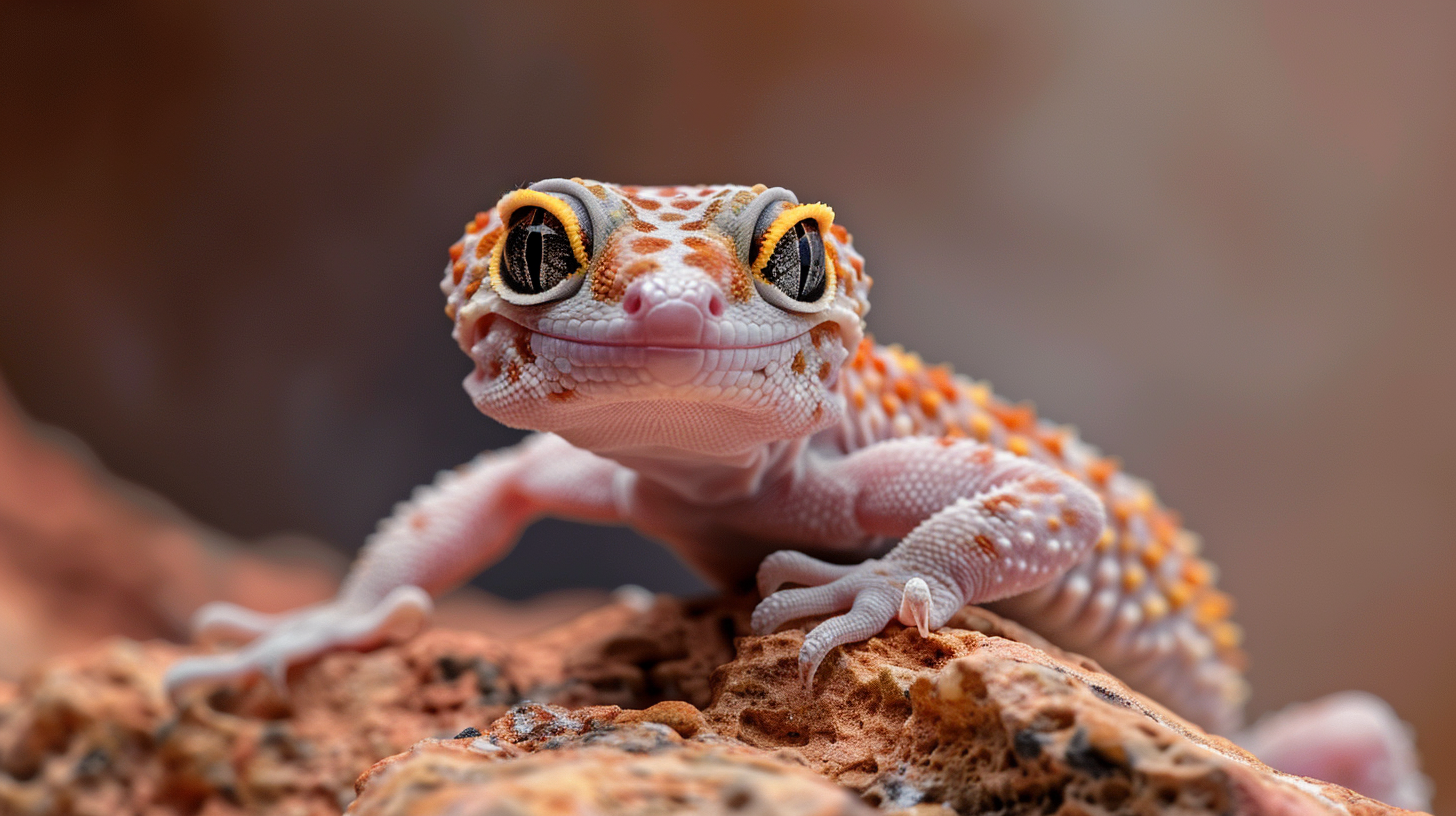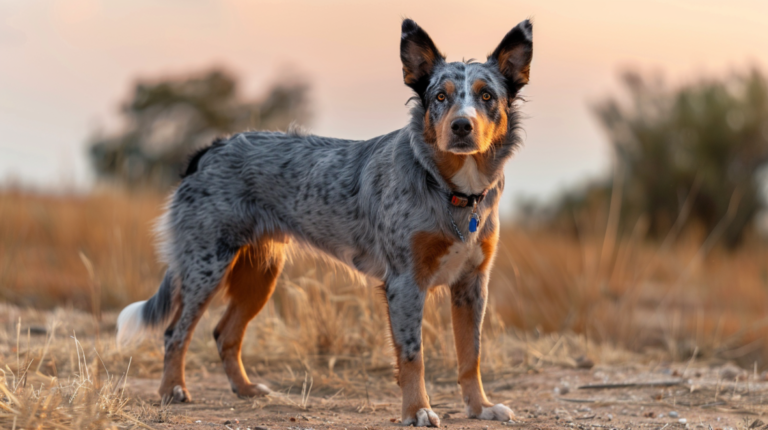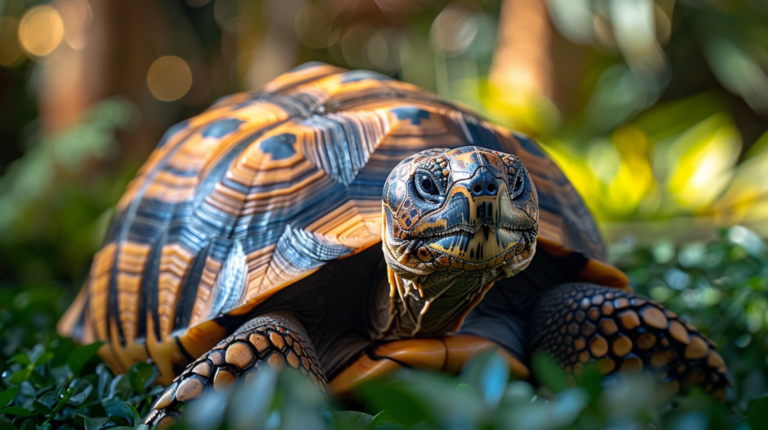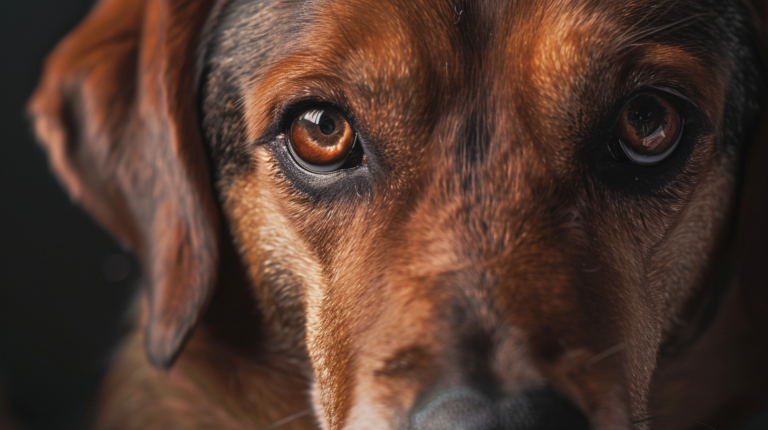Discover 7 fascinating facts about Snow Leopard Geckos! Learn care tips, genetics, breeding, and behavior insights for your beloved snow leopard gecko pet.
Table of Contents
The Snow Leopard Gecko stands as one of the most captivating and sought-after reptilian companions in the pet world today. With their stunning white and black spotted patterns reminiscent of their namesake big cat, these remarkable creatures have captured the hearts of reptile enthusiasts worldwide. Whether you’re a seasoned gecko keeper or considering your first reptilian friend, understanding the unique characteristics and care requirements of the Snow Leopard Gecko is essential for providing the best possible life for these extraordinary animals.
This comprehensive guide will unveil seven fascinating facts about Snow Leopard Geckos that every owner should know. From their remarkable genetic makeup to their distinctive behaviors, we’ll explore what makes these geckos so special and how you can ensure they thrive in your care. By the end of this article, you’ll have gained invaluable insights into the world of Snow Leopard Gecko ownership, equipped with the knowledge to make informed decisions about their care, housing, and wellbeing.
1. Snow Leopard Geckos Are a Stunning Genetic Morph
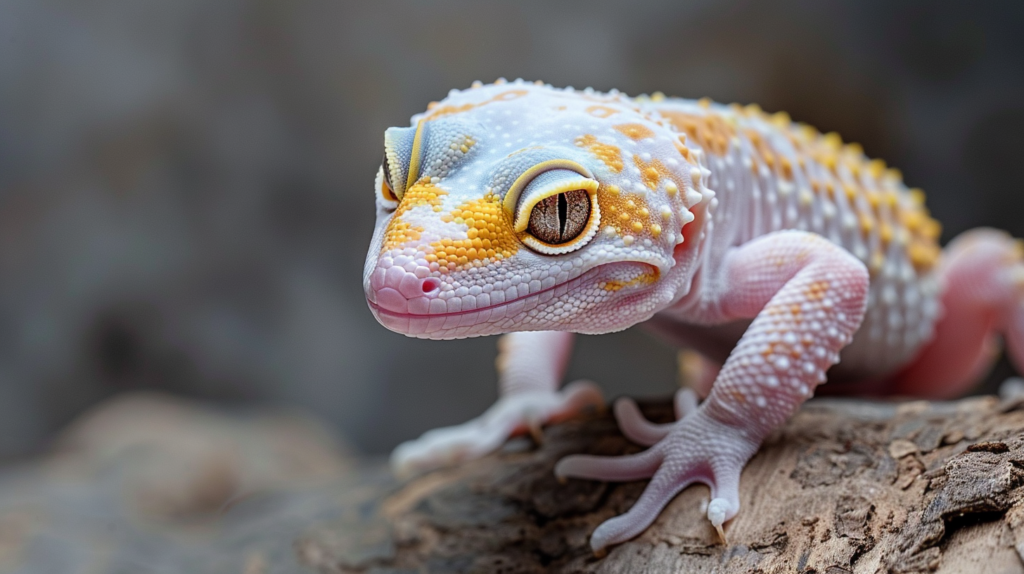
The Science Behind the Snow Leopard Pattern
The Snow Leopard Gecko represents one of the most visually striking morphs in the leopard gecko breeding world. This morph combines two distinct genetic traits: the “Snow” gene and the classic leopard pattern genetics. The Snow gene creates the characteristic light, almost white base coloration, while retaining the distinctive spotted pattern that gives these geckos their leopard-like appearance.
Genetic Inheritance Patterns
Understanding the genetics behind Snow Leopard Geckos is crucial for breeders and enthusiasts alike:
- Recessive Nature: The Snow gene is recessive, meaning both parents must carry the gene for offspring to display the Snow phenotype
- Breeding Ratios: When breeding two Snow carriers, approximately 25% of offspring will be Snow morphs
- Het (Heterozygous) Carriers: Geckos carrying one copy of the Snow gene appear normal but can produce Snow offspring when bred with another carrier
Visual Characteristics
Snow Leopard Geckos exhibit several distinctive visual traits:
- Base Coloration: Ranges from pure white to light cream or pale yellow
- Pattern Definition: Black or dark gray spots create striking contrast against the light background
- Eye Color: Often feature darker eyes compared to other morphs
- Tail Banding: Retain the characteristic banded tail pattern of leopard geckos
2. They Require Specialized Temperature and Lighting Needs
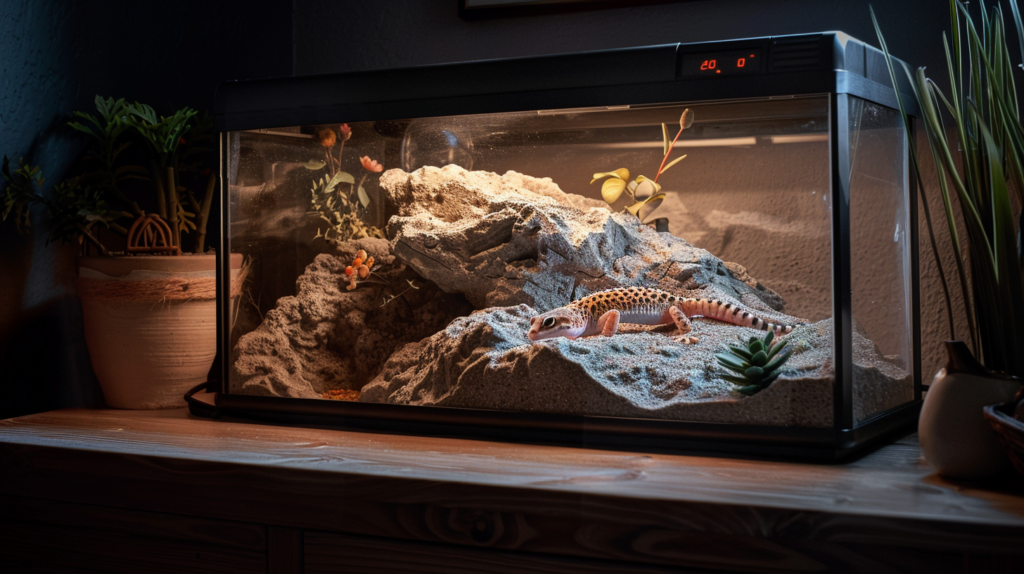
Temperature Gradient Requirements
Creating the proper thermal environment is critical for Snow Leopard Gecko health and wellbeing. These reptiles are crepuscular, meaning they’re most active during dawn and dusk hours, but they still require specific temperature ranges throughout their habitat.
Optimal Temperature Ranges:
- Warm Side: 88-92°F (31-33°C)
- Cool Side: 75-80°F (24-27°C)
- Nighttime Drop: 70-75°F (21-24°C)
- Basking Spot: 90-95°F (32-35°C)
Heating Equipment Recommendations
Proper heating equipment ensures your Snow Leopard Gecko maintains optimal body temperature for digestion, immune function, and overall health:
| Equipment Type | Purpose | Placement | Benefits |
| Under Tank Heater (UTH) | Primary belly heat | Under warm side of tank | Mimics natural ground warmth |
| Ceramic Heat Emitter | Ambient air temperature | Above basking area | Provides heat without light |
| Heating Pad | Supplemental warmth | External tank mounting | Energy efficient option |
| Digital Thermostat | Temperature regulation | Connected to heat source | Prevents overheating |
Lighting Considerations
While Snow Leopard Geckos don’t require UVB lighting like many other reptiles, proper lighting cycles support their natural circadian rhythms:
- Day/Night Cycle: 12 hours light, 12 hours darkness
- Low-Level UVB: Optional but beneficial for calcium metabolism
- Red or Blue Night Lights: Avoid these as they can disrupt sleep patterns
- Natural Room Lighting: Often sufficient for day/night recognition
3. Their Dietary Needs Are More Complex Than Many Realize

Insectivorous Diet Requirements
Snow Leopard Geckos are obligate insectivores, meaning their digestive systems are specifically designed to process insect proteins and fats. Understanding their nutritional needs is essential for maintaining optimal health and longevity.
Primary Feeder Insects
Staple Foods (80% of diet):
- Crickets: High protein, widely available, easy to gut-load
- Dubia Roaches: Excellent protein-to-fat ratio, long-lived
- Mealworms: Convenient but higher in fat content
Occasional Treats (20% of diet):
- Waxworms: High fat content, use sparingly
- Hornworms: High moisture content, good for hydration
- Silkworms: Excellent nutritional profile but more expensive
Feeding Schedule and Portions
Proper feeding schedules vary based on age and size:
Juvenile Snow Leopard Geckos (0-12 months):
- Feed daily
- 5-7 appropriately sized insects per feeding
- Insects should be no larger than the space between the gecko’s eyes
Adult Snow Leopard Geckos (12+ months):
- Feed every other day
- 3-5 large insects or 7-10 smaller insects per feeding
- Can fast for several days without health concerns
Supplementation Requirements
Critical supplements for Snow Leopard Gecko health:
- Calcium with D3: Dust insects 2-3 times per week
- Calcium without D3: Available in shallow dish at all times
- Multivitamin: Dust insects once per week
- Gut-Loading: Feed nutritious foods to insects 24 hours before offering to gecko
4. Snow Leopard Geckos Exhibit Unique Behavioral Patterns
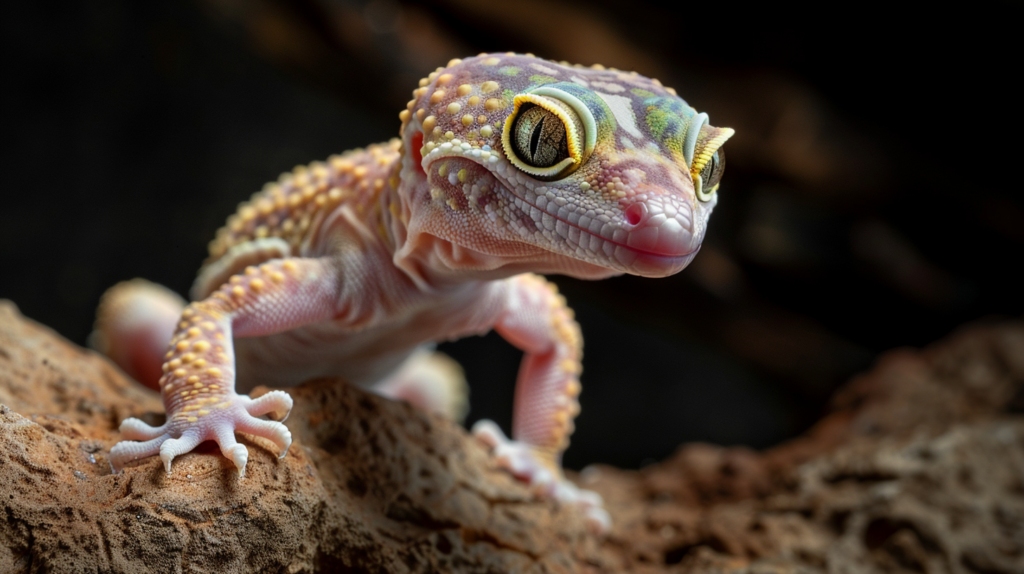
Crepuscular Activity Cycles
Unlike many reptiles that are strictly diurnal or nocturnal, Snow Leopard Geckos display crepuscular behavior patterns. This means they’re most active during twilight hours—dawn and dusk—when temperatures are moderate and prey insects are abundant in their natural habitat.
Communication Methods
Snow Leopard Geckos employ various communication methods that owners should understand:
Vocalizations:
- Chirping: Happy, content sounds often heard during feeding
- Barking: Territorial or stress-related vocalizations
- Clicking: Defensive sounds when feeling threatened
Body Language:
- Tail Waving: Slow waving indicates alertness or hunting mode
- Tail Rattling: Fast shaking signals agitation or stress
- Head Bobbing: Territorial display or response to movement
- Licking: Gathering scent information from environment
Social Behaviors
While often kept individually, Snow Leopard Geckos do exhibit social behaviors:
- Territorial Nature: Males are particularly territorial and should be housed separately
- Female Cohabitation: Females may cohabitate successfully with adequate space and resources
- Breeding Behaviors: Complex courtship rituals during breeding season
- Stress Responses: Can become stressed with inadequate hiding spots or too much handling
Enrichment Activities
Providing mental stimulation enhances Snow Leopard Gecko welfare:
- Climbing Opportunities: Low branches, rocks, and caves
- Foraging Challenges: Hiding insects in different locations
- Environmental Changes: Occasionally rearranging habitat elements
- Handling Sessions: Brief, stress-free interaction periods
5. Housing Requirements Are More Detailed Than Standard Setups
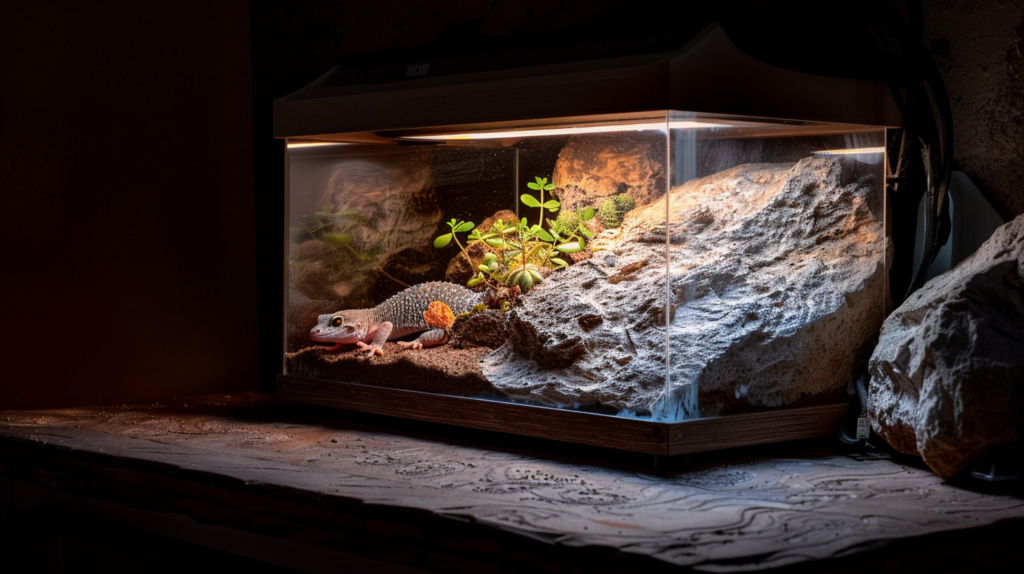
Minimum Enclosure Specifications
Snow Leopard Geckos require thoughtfully designed habitats that address their specific needs for security, temperature regulation, and natural behaviors.
Adult Housing Requirements:
- Minimum Size: 40-gallon long tank (36″ x 18″ x 18″)
- Optimal Size: 75-gallon or larger for enhanced quality of life
- Floor Space Priority: Horizontal space more important than height
- Multiple Geckos: Add 20 gallons per additional female
Essential Habitat Components
Substrate Options:
- Paper Towels: Easy to clean, safe, ideal for quarantine
- Reptile Carpet: Reusable, prevents impaction risks
- Tile: Natural appearance, retains heat well, easy to sanitize
- Avoid: Sand, wood chips, or other loose substrates that can cause impaction
Shelter Requirements:
- Warm Hide: Located on the warm side for thermoregulation
- Cool Hide: Positioned on the cool side for temperature choice
- Humid Hide: Contains moist substrate for shedding assistance
- Multiple Options: Variety of hiding spots reduces stress
Environmental Enrichment Elements
Creating a stimulating environment promotes natural behaviors:
Climbing Structures:
- Low branches or driftwood pieces
- Rock formations with secure placement
- Commercial reptile climbing accessories
- Ensure all items are gecko-safe and properly secured
Water and Humidity Features:
- Water Dish: Shallow, easily accessible, changed regularly
- Humidity Levels: Maintain 30-40% ambient humidity
- Humid Hide: Moss-filled hide box for shedding support
- Misting: Light misting 1-2 times weekly if needed
6. Their Shedding Process Requires Special Attention

Understanding the Shedding Cycle
Snow Leopard Geckos undergo regular shedding cycles as they grow and maintain healthy skin. Understanding this natural process helps owners provide appropriate support and identify potential issues early.
Shedding Frequency Patterns
Age-Related Shedding Schedules:
- Hatchlings (0-6 months): Shed every 1-2 weeks due to rapid growth
- Juveniles (6-12 months): Shed every 2-3 weeks as growth continues
- Adults (12+ months): Shed every 4-6 weeks during maintenance cycles
- Breeding Females: May shed more frequently during reproductive periods
Pre-Shedding Indicators
Recognizing pre-shed signs allows owners to provide appropriate support:
Visual Changes:
- Color Dulling: Overall appearance becomes muted and grayish
- Pattern Obscuring: Distinctive spots become less defined
- Skin Texture: Appears tight or stretched across the body
- Eye Covering: Thin membrane covers eyes, creating cloudy appearance
Behavioral Changes:
- Reduced Appetite: May refuse food 1-3 days before shedding
- Increased Hiding: Seeks secure, humid locations
- Rubbing Behavior: Rubs against rough surfaces to initiate shed
- Decreased Activity: Less movement and exploration
Shedding Support Strategies
Providing proper shedding support prevents complications:
Humidity Management:
- Humid Hide: Essential for successful shedding
- Substrate Options: Moist moss, paper towels, or cypress mulch
- Maintenance: Keep humid hide consistently moist but not waterlogged
- Placement: Position humid hide on warm side for optimal effectiveness
Environmental Modifications:
- Rough Surfaces: Provide textured items for rubbing assistance
- Natural Materials: Branches, rocks, or commercial shedding aids
- Avoid Sharp Edges: Ensure all surfaces are gecko-safe
- Multiple Options: Variety of textures throughout habitat
Stuck Shed Management
When shedding problems occur, prompt intervention prevents serious complications:
Common Problem Areas:
- Toes and Feet: Shed can constrict circulation
- Tail Tip: Accumulated shed can cause tail loss
- Eye Caps: Retained shed over eyes impairs vision
- Body Segments: Large pieces may remain attached
Safe Removal Techniques:
- Increase Humidity: Enhance humid hide effectiveness
- Warm Soaks: Brief 15-minute lukewarm water baths
- Gentle Assistance: Use damp cotton swabs for stuck pieces
- Professional Help: Consult veterinarian for persistent issues
7. Health Monitoring and Veterinary Care Are Crucial
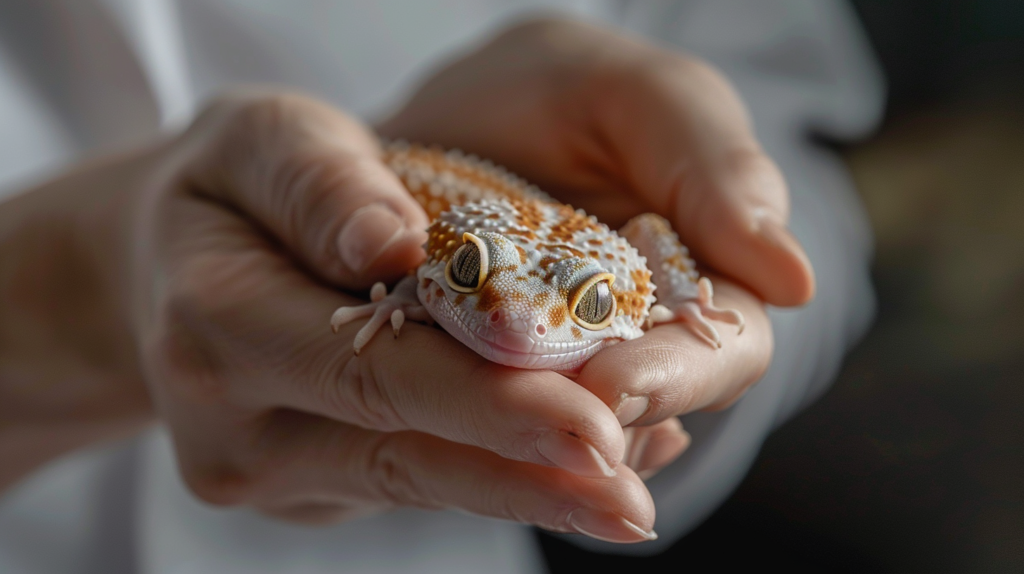
Common Health Issues in Snow Leopard Geckos
Understanding potential health problems enables early detection and treatment, significantly improving outcomes for affected geckos.
Metabolic Bone Disease (MBD)
Causes and Prevention:
- Calcium Deficiency: Inadequate calcium supplementation
- Improper UVB: Insufficient vitamin D3 synthesis
- Poor Diet: Feeding insects with poor nutritional value
- Prevention: Proper supplementation and gut-loading protocols
Symptoms to Monitor:
- Limb Deformities: Bent or twisted legs and spine
- Soft Jaw: Difficulty eating, jaw malformation
- Lethargy: Decreased activity and movement
- Tremors: Muscle spasms or shaking episodes
Respiratory Infections
Environmental Factors:
- Temperature Fluctuations: Inconsistent heating patterns
- High Humidity: Excessive moisture levels
- Poor Ventilation: Inadequate air circulation
- Stress: Weakened immune system response
Clinical Signs:
- Mouth Breathing: Open-mouth posture
- Wheezing Sounds: Audible breathing difficulties
- Nasal Discharge: Clear or colored secretions
- Reduced Appetite: Decreased food intake
Parasitic Infections
Internal Parasites:
- Coccidia: Common protozoal parasite
- Pinworms: Intestinal worm infections
- Cryptosporidium: Serious parasitic infection
- Regular Screening: Annual fecal examinations recommended
External Parasites:
- Mites: Tiny blood-sucking arachnids
- Prevention: Quarantine new animals, maintain cleanliness
- Treatment: Veterinary-prescribed miticides
- Environmental Treatment: Thorough habitat cleaning
Preventive Healthcare Measures
Regular Health Assessments:
- Weekly Weight Monitoring: Track using digital scale
- Visual Inspections: Check for injuries, abnormal behaviors
- Appetite Tracking: Monitor feeding responses and consumption
- Shed Monitoring: Ensure complete, regular shedding cycles
Veterinary Care Schedule:
- Initial Examination: Within first month of acquisition
- Annual Checkups: Comprehensive health assessments
- Fecal Testing: Annual parasite screening
- Emergency Care: Immediate attention for concerning symptoms
Record Keeping:
- Health Journal: Track weights, feeding, shedding, behaviors
- Veterinary Records: Maintain complete medical history
- Environmental Logs: Record temperature, humidity, cleaning schedules
- Breeding Records: Track reproductive activities if applicable
Creating a Health Monitoring Routine
Daily Observations:
- Activity Levels: Normal movement and exploration patterns
- Appetite: Response to feeding offerings
- Eliminations: Normal frequency and appearance
- Environmental Interaction: Use of hiding spots and temperature zones
Weekly Assessments:
- Weight Measurements: Consistent monitoring for trends
- Detailed Physical Inspection: Check for injuries, parasites, abnormalities
- Behavioral Documentation: Note any changes in normal patterns
- Habitat Maintenance: Deep cleaning and equipment checks
Monthly Evaluations:
- Growth Tracking: Measure length and document development
- Photographic Documentation: Visual records for comparison
- Equipment Calibration: Verify thermometer and hygrometer accuracy
- Supply Inventory: Ensure adequate food, supplements, and supplies
Frequently Asked Questions
What makes Snow Leopard Geckos different from regular leopard geckos?
Snow Leopard Geckos are a specific genetic morph of leopard geckos featuring a recessive “Snow” gene that creates their characteristic white or cream base coloration with dark spotted patterns. While they have the same care requirements as other leopard gecko morphs, their unique genetics make them highly sought after by collectors and breeders. The Snow gene affects only coloration and doesn’t impact their health, behavior, or lifespan when compared to normal leopard geckos.
How long do Snow Leopard Geckos typically live?
With proper care, Snow Leopard Geckos can live 15-25 years in captivity, similar to other leopard gecko morphs. Their lifespan depends on several factors including diet quality, habitat conditions, veterinary care, and genetics. Providing optimal temperature gradients, appropriate nutrition with proper supplementation, and regular health monitoring significantly contributes to longevity. Many well-cared-for Snow Leopard Geckos live well into their twenties, making them long-term companion animals.
Can Snow Leopard Geckos be housed together?
Adult male Snow Leopard Geckos should never be housed together due to territorial aggression that can result in serious injuries. Adult females may successfully cohabitate in sufficiently large enclosures (75+ gallons) with multiple hiding spots, feeding areas, and careful monitoring for stress signs. However, many experienced keepers prefer individual housing to eliminate competition stress and simplify health monitoring. Juveniles should always be separated as they mature to prevent territorial conflicts.
What should I do if my Snow Leopard Gecko stops eating?
Loss of appetite in Snow Leopard Geckos can indicate various issues including improper temperatures, stress, illness, or natural pre-shedding behavior. First, verify that temperatures are within optimal ranges (88-92°F warm side, 75-80°F cool side). Check for signs of impending shed, as geckos often refuse food 1-3 days before shedding. If temperatures are correct and no shedding signs are present, monitor for other symptoms like lethargy, unusual postures, or changes in elimination patterns, and consult a reptile veterinarian if appetite loss persists beyond one week.
How often should I handle my Snow Leopard Gecko?
Snow Leopard Geckos can tolerate gentle handling but don’t require it for their wellbeing. Limit handling sessions to 10-15 minutes, 2-3 times per week maximum, allowing the gecko to walk from hand to hand rather than restraining them. Always handle in a secure area close to the ground to prevent injury from falls. Signs of stress during handling include tail dropping, aggressive behavior, or attempting to hide. Some individuals are more tolerant of handling than others, so respect your gecko’s personality and comfort level.
What size insects should I feed my Snow Leopard Gecko?
Insect size should never exceed the width between your gecko’s eyes. For adult Snow Leopard Geckos, this typically means large crickets, adult dubia roaches, or multiple smaller insects per feeding. Juveniles require appropriately sized smaller insects like cricket nymphs or small mealworms. Offering oversized prey can cause choking, impaction, or regurgitation. When in doubt, choose smaller insects and offer more of them rather than risking oversized prey items.
Expert Care Tips for Success
For more expert pet care tips and product recommendations, visit BlithePet.com — your trusted source for pet wellness.
Advanced Husbandry Considerations
Seasonal Care Adjustments: Snow Leopard Geckos benefit from subtle seasonal variations that mimic their natural environment. During winter months, gradually reduce daylight hours and allow slight temperature drops to encourage natural breeding cycles and overall wellness. Summer months can feature slightly extended daylight periods and optimal temperature maintenance.
Breeding Preparation: For those interested in breeding Snow Leopard Geckos, understanding the genetic inheritance patterns is crucial. Since Snow is a recessive trait, both parents must carry the gene for offspring to display the Snow phenotype. Proper conditioning includes optimal nutrition, appropriate weight management, and gradual temperature cycling to stimulate reproductive behaviors.
Emergency Preparedness: Maintain an emergency kit including backup heating elements, emergency food supplies, and contact information for exotic animal veterinarians. Power outages can be particularly dangerous for reptiles, so consider battery-powered heating options or emergency protocols for temperature maintenance.
Conclusion
The Snow Leopard Gecko represents one of the most rewarding reptilian companions for dedicated pet owners. From their stunning genetic makeup that creates their signature appearance to their complex behavioral patterns and specific care requirements, these remarkable creatures offer years of fascination and companionship. Understanding their specialized needs for temperature regulation, appropriate nutrition, proper housing, shedding support, and preventive healthcare ensures they thrive in captivity.
Success with Snow Leopard Gecko ownership comes from commitment to providing species-appropriate care, regular health monitoring, and continuous learning about their needs. Whether you’re drawn to their striking appearance, interested in their genetic complexity, or simply seeking a unique reptilian companion, Snow Leopard Geckos reward dedicated care with their engaging personalities and impressive longevity.
The investment in proper equipment, quality nutrition, and veterinary care pays dividends through years of enjoying these magnificent creatures. Their relatively docile nature, combined with their stunning appearance and interesting behaviors, makes them suitable for both experienced reptile keepers and dedicated newcomers willing to learn proper care techniques.
Remember that successful Snow Leopard Gecko ownership requires long-term commitment, as these animals can live 15-25 years with proper care. The knowledge gained from understanding their unique requirements not only benefits your current gecko but also prepares you for potential future additions to your reptile family.
Have a similar experience with your pet? Share it in the comments below!

